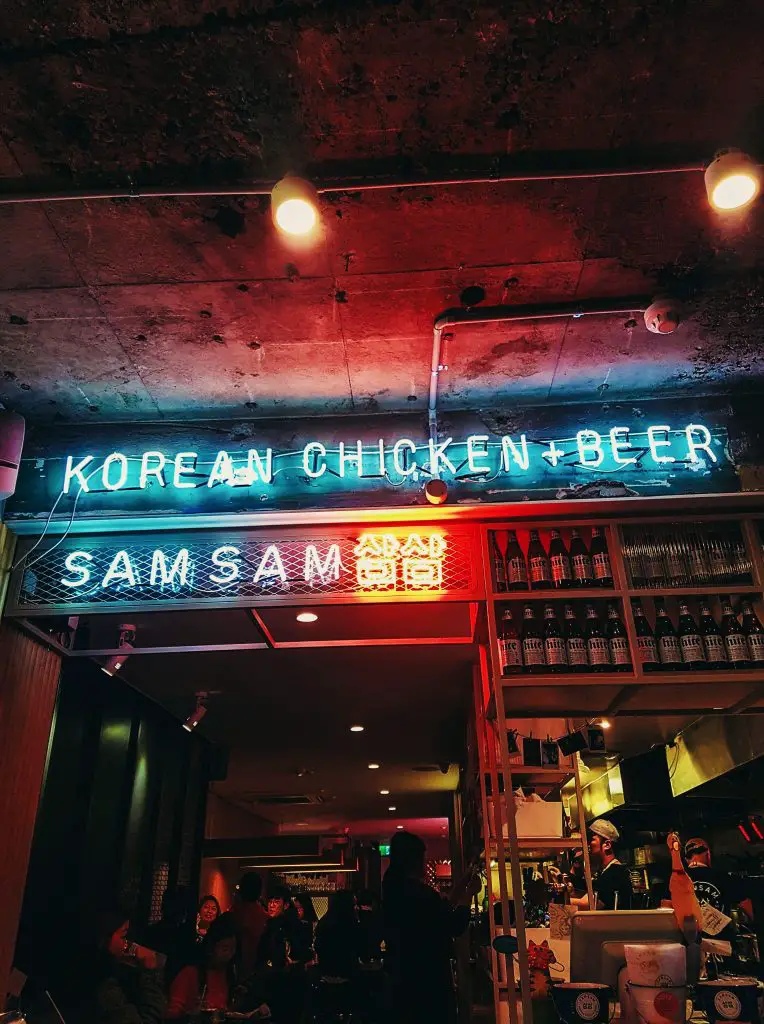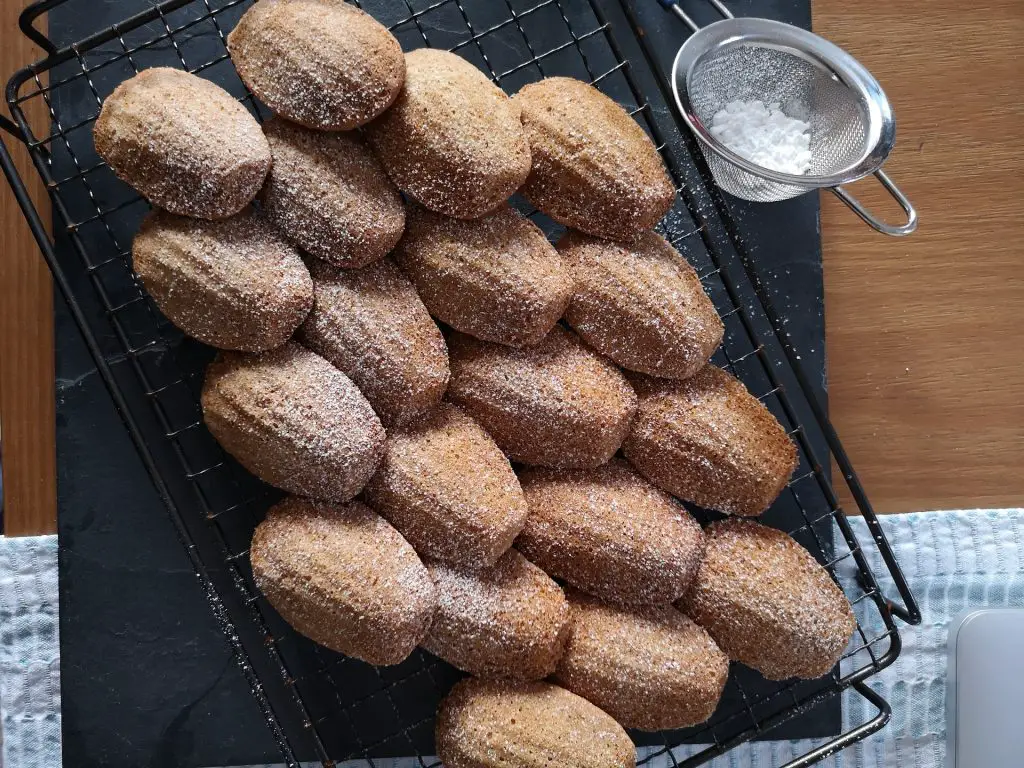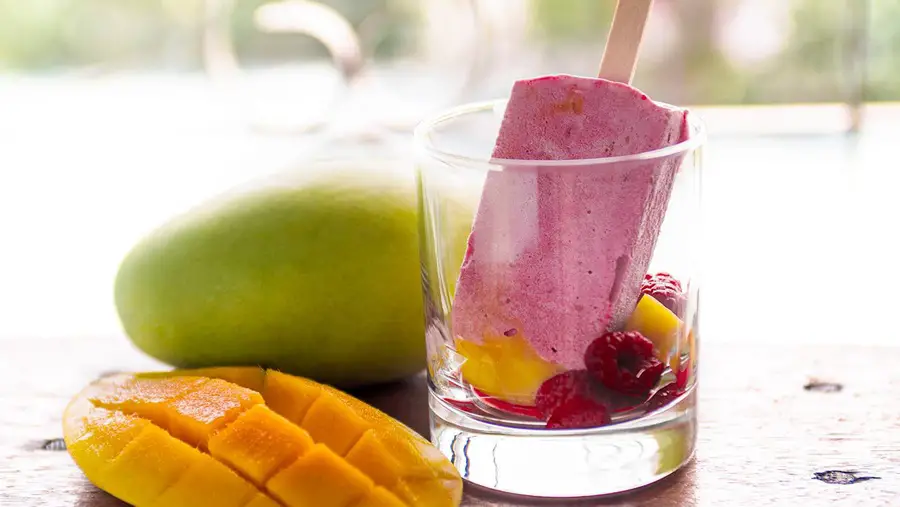Malaysians love cornflakes. However, the weird thing is that we do not necessarily enjoy them as breakfast cereal with milk poured on top, but have (improved?) upon this Western breakfast staple with local stylings.

Here are five favourite ways Malaysians eat their cornflakes:
1.Cookies
Even if Malaysian households do not buy cornflakes on a daily basis, they most probably buy it during the festive season.
Malaysians love to make cookies out of cornflakes. The most common one is Honey Cornflakes.
The recipe is quite easy; melt some butter with honey (some even add sugar), once the mixture is melted, mix in the cornflakes. Then, divide the cornflakes into small paper cups. Bake it until it is golden brown.
Other cookies recipe include cornflake cookies, milky cornflake cookies and nestum cornflake cookies.
The easiest way to make a cookie out of cornflakes? You only need cooking chocolate. Melt the chocolate in a double boiler, pour in the cornflakes and mix it until the cereal is well coated. After that, divide the chocolate into small paper cups. Finally, let the cookies set inside the fridge. Easy right?
Watch how to make chocolate cornflake here.
2.As a snack with fried peanuts and anchovies
Who doesn’t love to munch on snacks? Another favourite Malaysian spin is Spicy Cornflakes with fried peanut and ikan bilis (small anchovies).
The key ingredient of this snack is sambal.
Fry the sambal with oil first before putting other ingredients such as fried peanuts, fried anchovies and of course corn flakes. Make sure every ingredient is well-covered in sambal and crispy before you turn off the stove.
3.Salted egg cornflakes
Salted egg flavouring truly reigned supreme in 2019-2020 and cornflakes were no exception. Malaysians love to flavour this corn cereal and the latest trend was with salted egg powder.
The basic ingredients are 150gm butter, 500gm corn flakes and 100gm salted egg powder. For a little bit of spiciness and flavour, add in dried chilies and curry leaves.
Firstly, melt the butter and pour in the chilies and curry leaves. Then, add in the salted egg powder. Once the mixture is well-mixed, pour in the cereal.
The final step is optional which is to bake the cornflakes at 160 degrees for eight minutes.
Trust us, this snack is so addictive that it is hard for you to stop once you start munching.
4.Ice-cream toppings
Forget colourful sprinkles or crushed nuts, cornflakes are the perfect way to top your ice-cream.
Its bland taste and crunchy texture is the much needed oomph for your cold dessert.
5.Add some crispiness to your breaded meat dishes instead
Again, forget about panko or breadcrumbs, coat your meat dishes with blended corn flakes the next time you fry your protein.
One of our favourite Malaysian dishes is crispy butter prawn. We love it so much that we have different variations of it. From butter chicken/pork to butter nestum prawn/chicken/pork and of course we have the cereal version using corn flakes instead.
Regardless of the version of this dish, each of them would not be complete without- drum roll please – curry leaves. Don’t you agree?
What is your favourite variation of this famous breakfast cereal?
















































